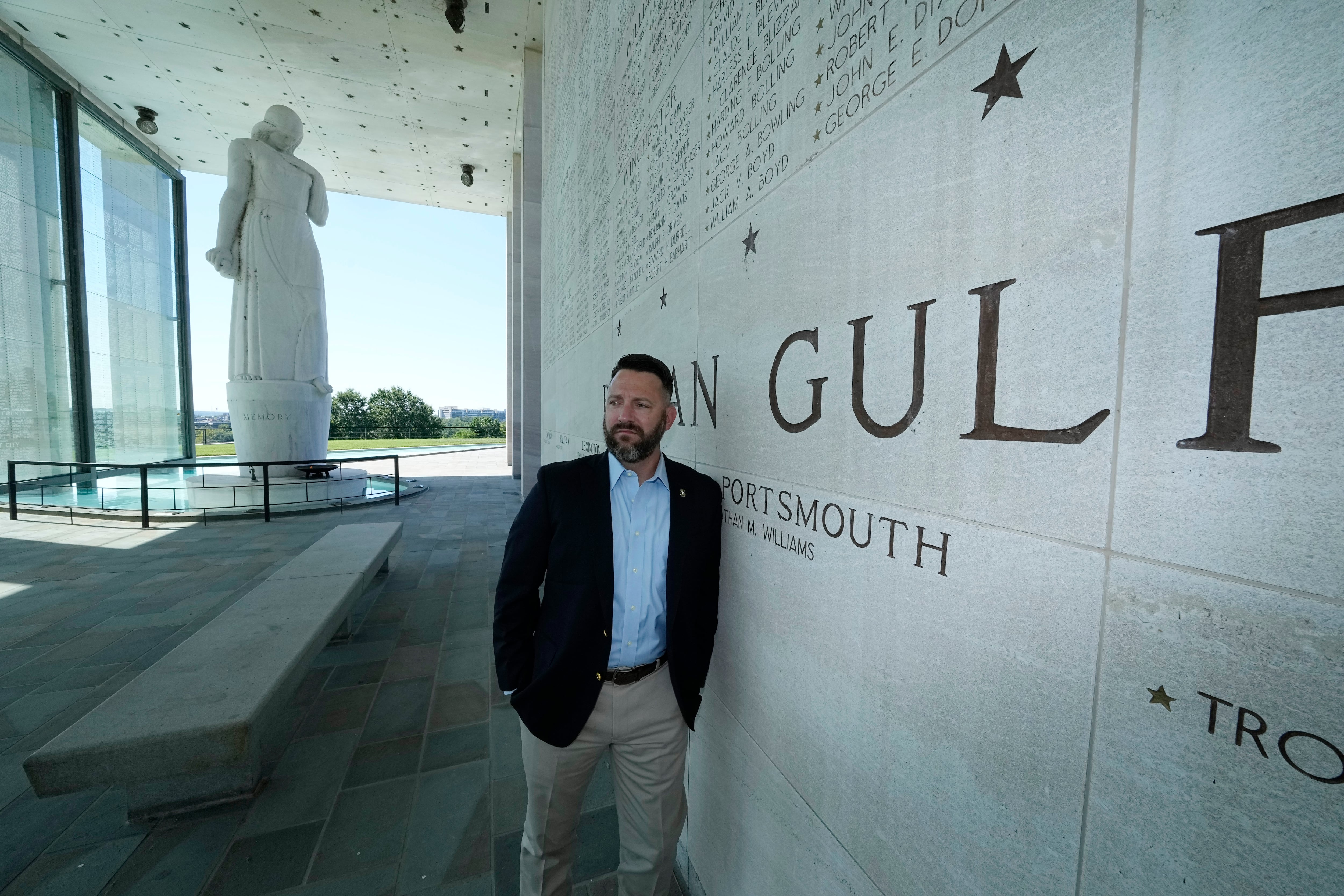The Supreme Court on Tuesday ruled in favor of a veteran who unsuccessfully tried to use both his Post-9/11 GI Bill and Montgomery GI Bill benefits, saying that Veterans Affairs officials erred in limiting his education support.
The 7-2 decision could have far-reaching impact on student veterans who use up their VA benefits but still wish to continue degree programs. Lawyers for the plaintiff have estimated as many as 1.7 million veterans nationwide could benefit from the ruling, but federal officials have estimated the number to be less than 30,000 individuals.
The case has been closely watched by veterans advocates for nearly nine years because of its potential ramifications. VA pays out more than $8 billion in education payments annually, and the Supreme Court ruling could boost that figure even higher.
The legal fight centered on Jim Rudisill, a 43-year-old Army veteran who was wounded in a roadside bomb attack in Iraq in 2005. Rudisill used all of his Post-9/11 GI Bill benefits shortly thereafter, but later wanted to tap into his unused Montgomery GI Bill benefits to attend Yale Divinity School as part of the process to become an Army chaplain.
RELATED

When VA officials denied that move, Rudisill sued, claiming they were unfairly limiting his options. Writing for the majority, Justice Ketanji Brown Jackson called the government’s denial “nonsensical” and reversed lower court rulings supporting VA’s position.
Most veterans attending college today with federal financial support use the Post-9/11 GI Bill program, a generous benefit passed in 2008 that awards eligible veterans 36 months of tuition payouts, housing stipends and other financial assistance.
The Montgomery GI Bill program was the predecessor to that benefit, and is being phased out by the department. It offers far less money, but still can provide several thousands of dollars annually to veterans for tuition costs if they paid into the program at the start of their military service.
Currently, VA officials make students give up eligibility for the Montgomery GI Bill program when they register to begin using the Post-9/11 GI Bill. That means that once their education benefits from that program are exhausted, they cannot receive more tuition support from the other program.
But Rudisill’s attorneys argued that the limit is unfair and unfounded in federal law. Jackson agreed with that stance in her opinion.
“If service members serve for long enough, they may be entitled to both [education benefits],” Jackson wrote. “But such service members cannot receive disbursements from both entitlement programs at the same time, nor may they receive any combination of benefits for longer than 48 months.”
That’s because separate federal rules cap any government higher education payouts at 48 months, and prohibit using such benefits concurrently. Therefore, even if veterans qualify for both programs, they can only use them both in very limited circumstances.
But in Rudisill’s case, a majority of justices said that he should have been able to access about 10 months of Montgomery GI Bill benefits to attend Yale.
In his dissent, Justice Clarence Thomas said Rudisill clearly forfeited his remaining Montgomery GI Bill support when he opted for the more generous Post-9/11 GI Bill benefits, making his case moot.
The full decision is available on the Supreme Court’s website.
Leo covers Congress, Veterans Affairs and the White House for Military Times. He has covered Washington, D.C. since 2004, focusing on military personnel and veterans policies. His work has earned numerous honors, including a 2009 Polk award, a 2010 National Headliner Award, the IAVA Leadership in Journalism award and the VFW News Media award.




